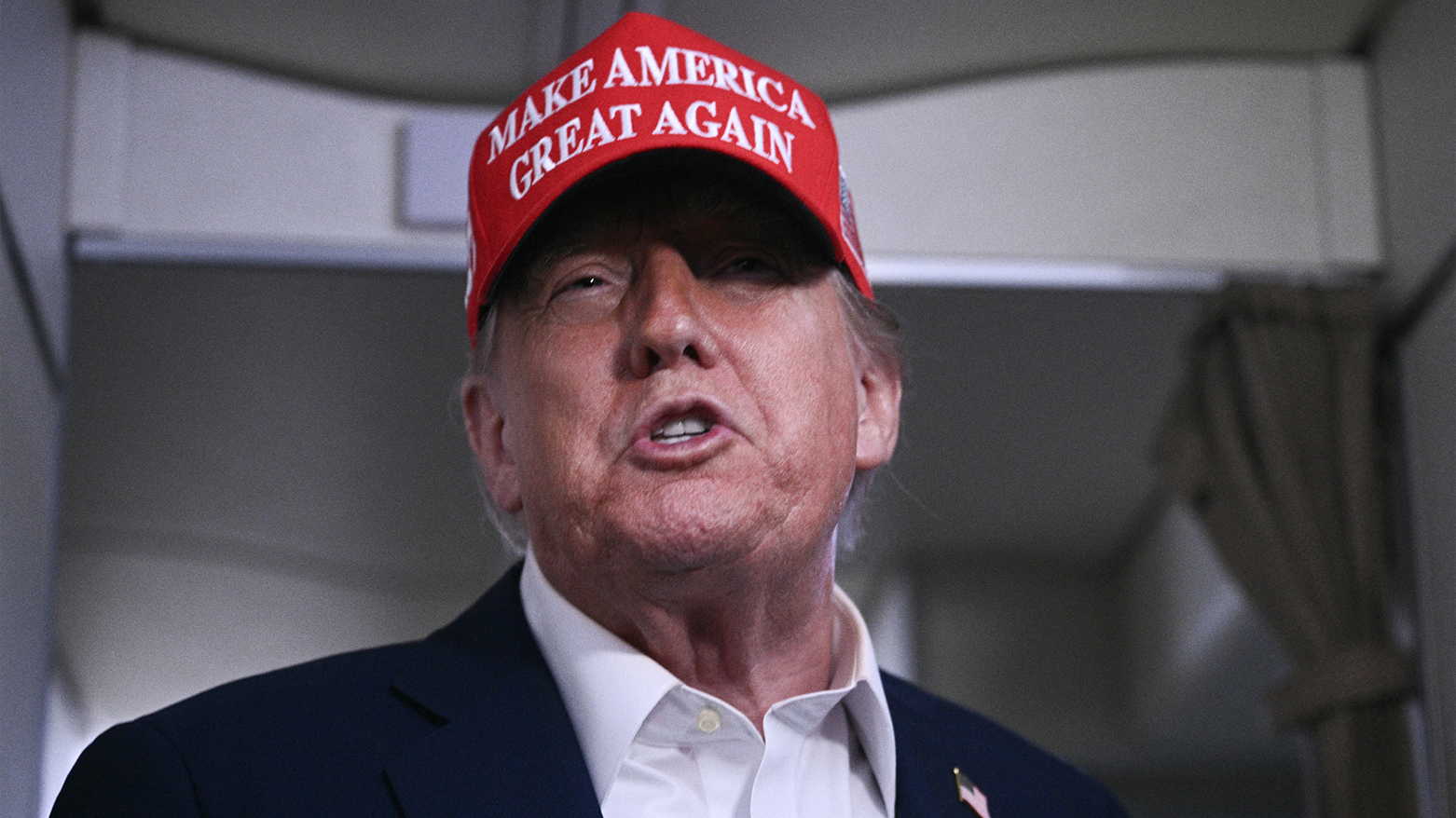Trump Signals Possible Gaza Ceasefire Deal by Next Week
The U.S. President expressed cautious optimism for a 60-day Gaza ceasefire next week, with phased hostage releases, humanitarian aid, and Israeli troop redeployment. Hamas responded positively, and Trump will personally guarantee the agreement amid ongoing diplomatic efforts to end the conflict.

By Kamaran Aziz
ERBIL (Kurdistan24) — U.S. President Donald Trump expressed cautious optimism on Friday about the prospect of a ceasefire agreement between Israel and Hamas, stating there "could be a Gaza deal" as early as next week. Speaking aboard Air Force One, Trump said he was "very" optimistic about reaching a truce but acknowledged the situation "changes day to day." He added, "We have to get it over with. We have to do something about Gaza," responding to reports that Hamas had shown a positive reaction to proposed talks.
The potential ceasefire follows months of intense conflict in Gaza and is the result of diplomatic efforts spearheaded by Egypt and Qatar, with U.S. involvement critical in shaping the terms and guarantees. According to the full text of the draft agreement, released Friday by Israel’s public broadcaster, the plan envisions a 60-day truce brokered through a U.S.-guaranteed framework.
The agreement awaits final approval but sets forth a comprehensive roadmap intended to halt hostilities, ensure phased hostage releases, restore humanitarian aid, and lay the groundwork for future negotiations toward a permanent cessation of conflict in the Gaza Strip.
A senior Hamas official confirmed to Reuters on Friday evening that the group had submitted its response to the American proposal through mediators. A Palestinian official familiar with the talks characterized Hamas’s response as "positive and will help in reaching an agreement," marking a significant development in diplomatic efforts to end the war.
Central to the proposal is a ceasefire lasting two months, which President Trump would personally guarantee, underscoring U.S. commitment to enforcement. The ceasefire would take effect immediately upon Hamas’s approval, suspending all Israeli military operations in Gaza at the outset. Additionally, Israeli air surveillance and intelligence flights would pause for 10 to 12 hours daily, particularly during operations involving hostage releases.
The agreement delineates a detailed timeline for the release of Israeli hostages held by Hamas:
- On Day 1, eight hostages would be released alive.
- By Day 7, the remains of five deceased hostages would be transferred.
- Day 30 would see the transfer of remains of an additional five deceased hostages.
- Two living hostages would be released by Day 50.
- On Day 60, the remains of eight more deceased hostages would be returned.
This structured timetable is designed to maintain momentum for the ceasefire and facilitate sustained diplomatic engagement.
Humanitarian aid is a major component of the deal. Upon Hamas’s acceptance, large-scale aid deliveries to Gaza would commence immediately, adhering to a January 19, 2025 agreement governing humanitarian distribution. International agencies, including the United Nations and the Red Crescent, would channel these efforts to ensure aid matches the civilian population’s needs and remains uninterrupted throughout the 60-day period.
Israeli military redeployment forms another element of the agreement. Following the initial release of living hostages on Day 1, Israeli forces are to withdraw from northern Gaza. Further redeployment from southern Gaza is scheduled for Day 7, after the transfer of deceased hostages. This phased withdrawal aims to reduce tensions while maintaining a controlled Israeli presence during the truce.
Alongside the ceasefire’s implementation, the agreement mandates the commencement of formal negotiations addressing longer-term issues. These include the final release of remaining hostages in exchange for Palestinian prisoners, a full Israeli military withdrawal accompanied by security arrangements, post-conflict governance structures in Gaza—referred to as the "day after" framework—and the declaration of a permanent ceasefire.
Israeli media outlet Yedioth Ahronoth reports that Prime Minister Benjamin Netanyahu and President Trump are expected to announce the deal jointly during a scheduled meeting next Monday. Trump’s role as guarantor places him at the diplomatic forefront of a possible turning point in the Gaza conflict.
While uncertainties remain, particularly given the fluid dynamics on the ground, the draft ceasefire agreement presents a substantive diplomatic pathway toward de-escalation after months of devastating violence. The coming days will be crucial in determining whether this proposal can transform into a lasting peace accord.
